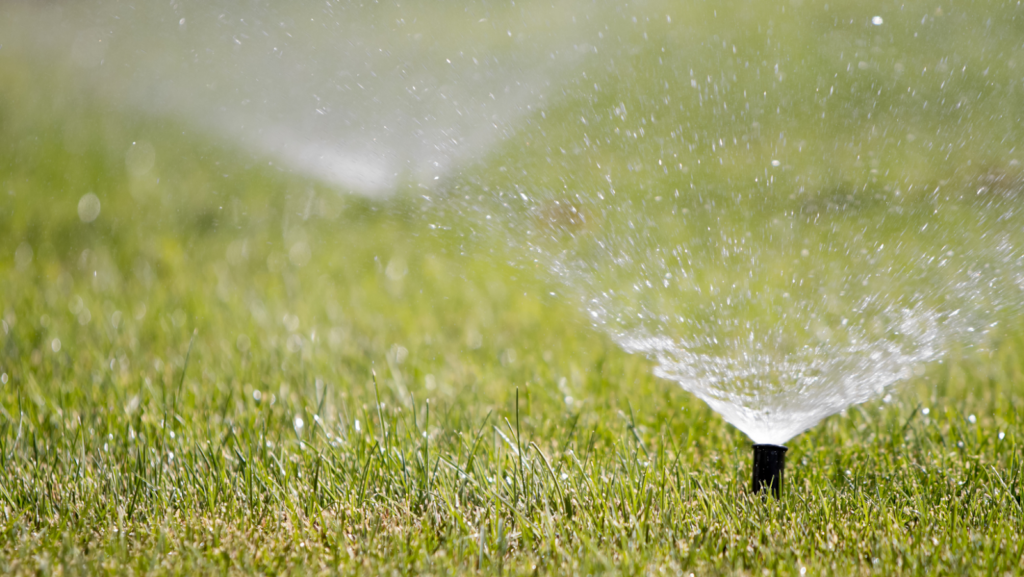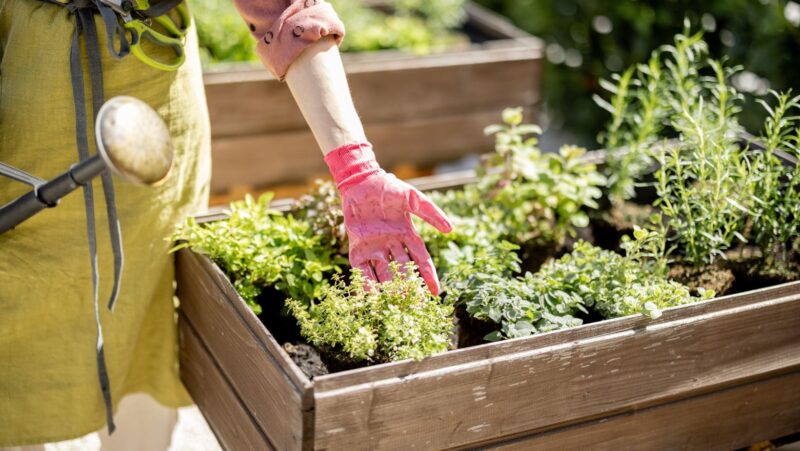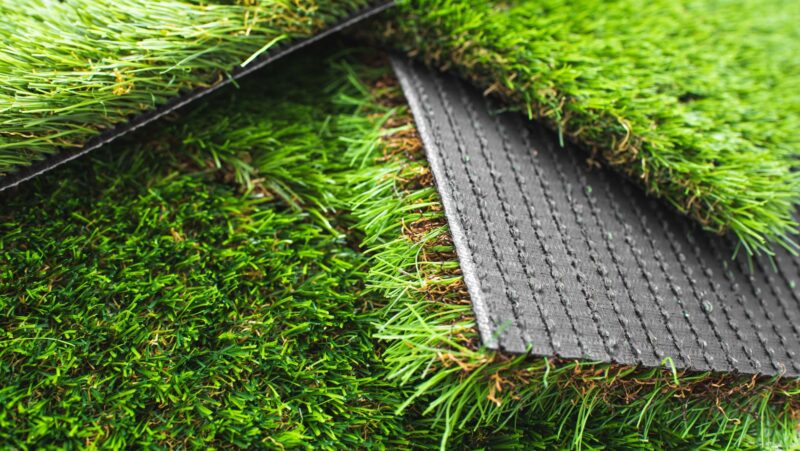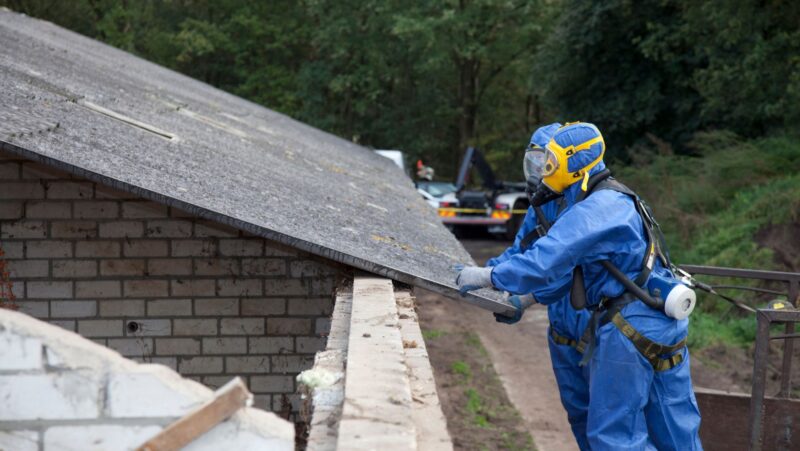
It’s lawn care season, and that means it’s time to start thinking about how you’re going to keep your lawn looking its best. But before you can start working on your lawn, you need to decide whether you’re going to hire a pro or do it yourself.
Decide if you want to hire a professional or do it yourself
If you decide to hire a professional, be sure to do your research and find a reputable company that will do a good job. Be sure to get references and read online reviews before you hire anyone. If you’re not sure whether you want to hire a professional or do it yourself, here are some things to consider:
- Do you have the time and resources to do it yourself?
- Are you comfortable using lawn care equipment?
- Is your lawn in good shape, or does it need a lot of work?
- Do you want to have a beautiful lawn that’s the envy of the neighborhood, or are you okay with a more basic level of care?
On the other hand, if you decide to do it yourself, there are a few things you need to know before you get started. Here are five tips for getting the perfect lawn:
- The first step to having a beautiful lawn is testing your soil. This will help you determine what kind of grass is best for your lawn and what nutrients it needs. You can get a soil test kit at your local nursery or garden center, or you can have your soil tested by a professional.
- Once you know what kind of soil you have, you can choose the right grass seed. If you have sandy soil, for example, you’ll want to choose a grass that doesn’t need a lot of water. And if you have clay soil, you’ll want to choose a grass that can handle the extra moisture.
- Mowing your lawn at the right height is important for two reasons: it helps your grass stay healthy and it gives your lawn a nice, manicured look. The general rule of thumb is to mow your grass when it’s about one-third taller than the recommended height for your particular type of grass.
- Watering deeply and less often is better for your grass than watering frequently and shallowly. Watering deeply encourages your grass to grow deeper roots, which helps it withstand drought and heat better. And watering less often saves water and keeps your lawn from getting too soggy.
- Fertilizing your lawn is important for keeping it healthy and green. The best time to fertilize is in the fall, but you can also fertilize in the spring. Be sure to use a fertilizer that’s designed for your particular type of grass.
Research the best types of grass for your climate and soil type
The best way to have a beautiful lawn is to choose the right grass for your climate and soil type. If you live in an area with hot summers, for example, you’ll want to choose a grass that can handle the heat. And if you have clay soil, you’ll want to choose a grass that doesn’t need a lot of water. By doing your research and choosing the right grass, you can have a lawn that’s both beautiful and low-maintenance.
How many sprinklers per zone
The number of sprinklers you’ll need per zone will depend on the size of the zone and the amount of water it needs. A good rule of thumb is to use one sprinkler per 100 square feet. So, if you have a 1000 square foot zone, you’ll need 10 sprinklers.
If you have a smaller zone, you can use fewer sprinklers. And if you have a larger zone, you’ll need more sprinklers. The best way to determine the exact number of sprinklers you’ll need is to consult with a lawn care professional. They can help you assess your needs and recommend the best solution for your particular lawn.
Till the soil and add compost or fertilizer
Tilling the soil and adding compost or fertilizer will help your grass grow strong and healthy. Tilling loosens the soil and allows the roots to penetrate deeply. And adding compost or fertilizer provides the nutrients that grass needs to thrive. Overseeding is also a great way to thicken up your lawn and make it lush and green. It is simply the process of planting grass seed over existing grass. This will fill in any thin or bare spots, and it will give your lawn a nice, uniform look.
Water and fertilize regularly, mowing as needed
To keep your lawn healthy and green, water and fertilize regularly. Watering deeply and less often is better than watering frequently and shallowly. And fertilizing in the fall and spring will provide the nutrients your grass needs to thrive. Mowing as needed will keep your lawn looking neat and tidy.












